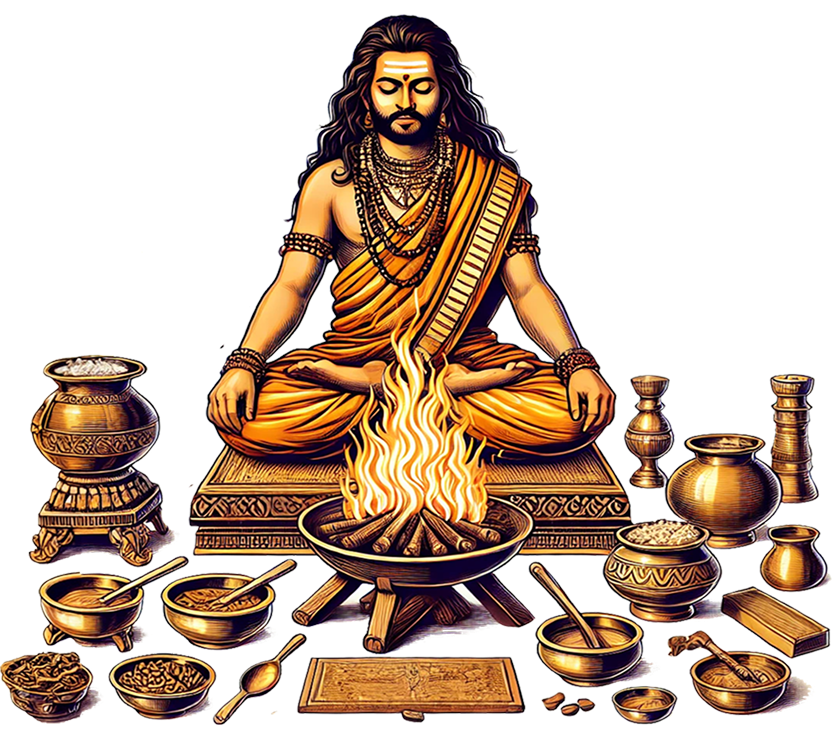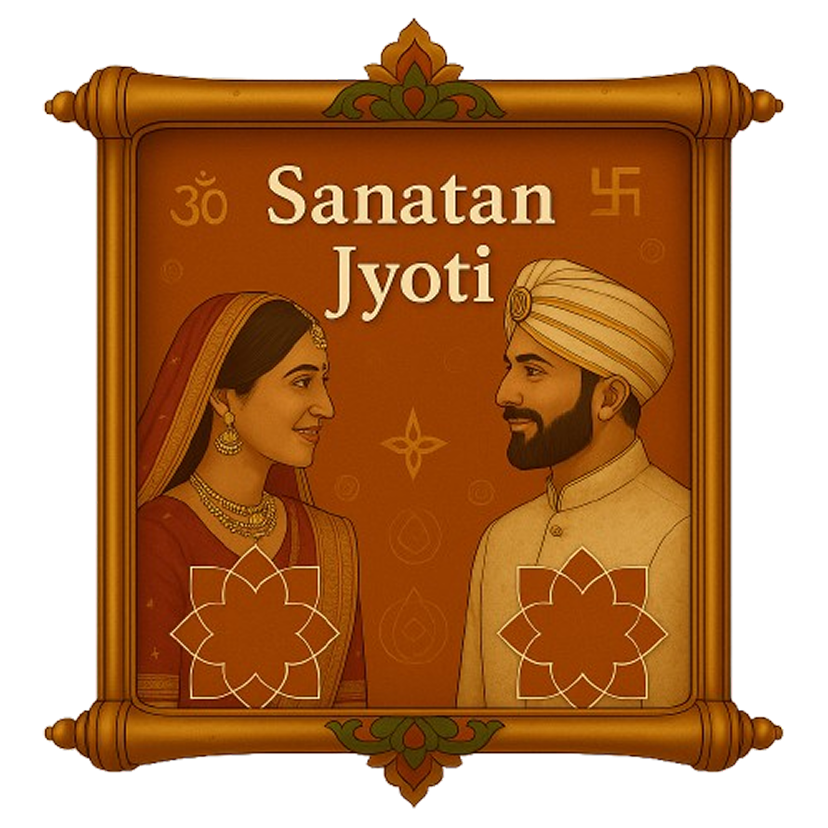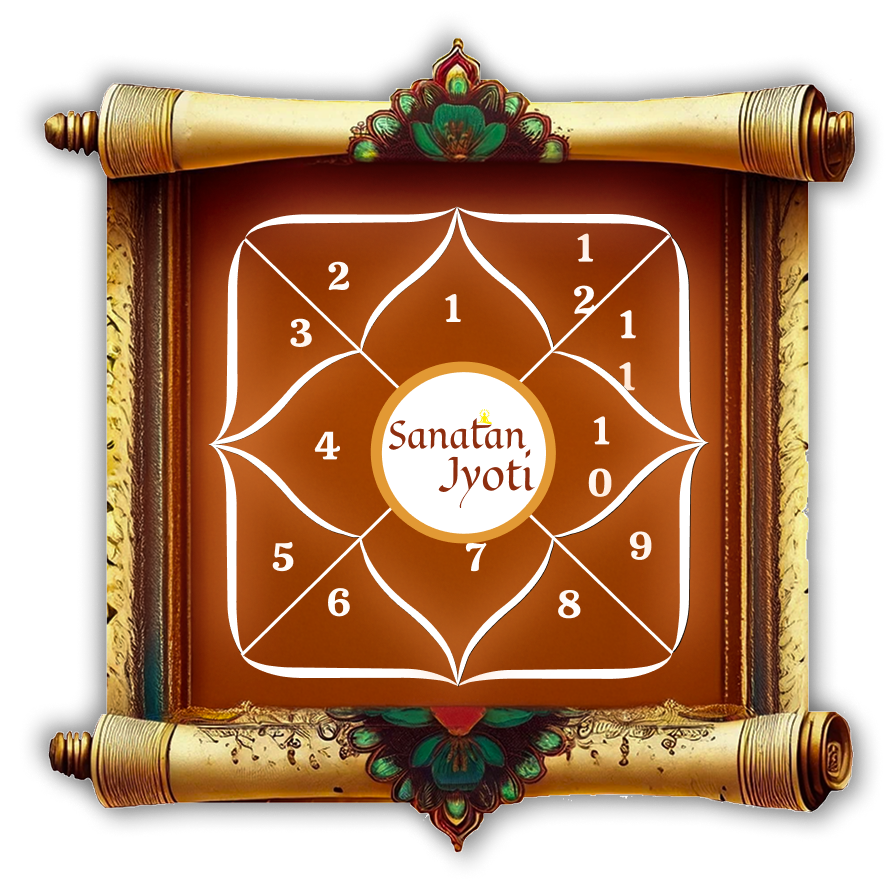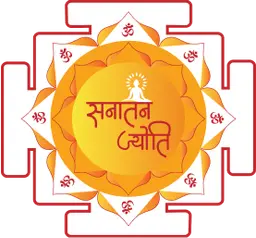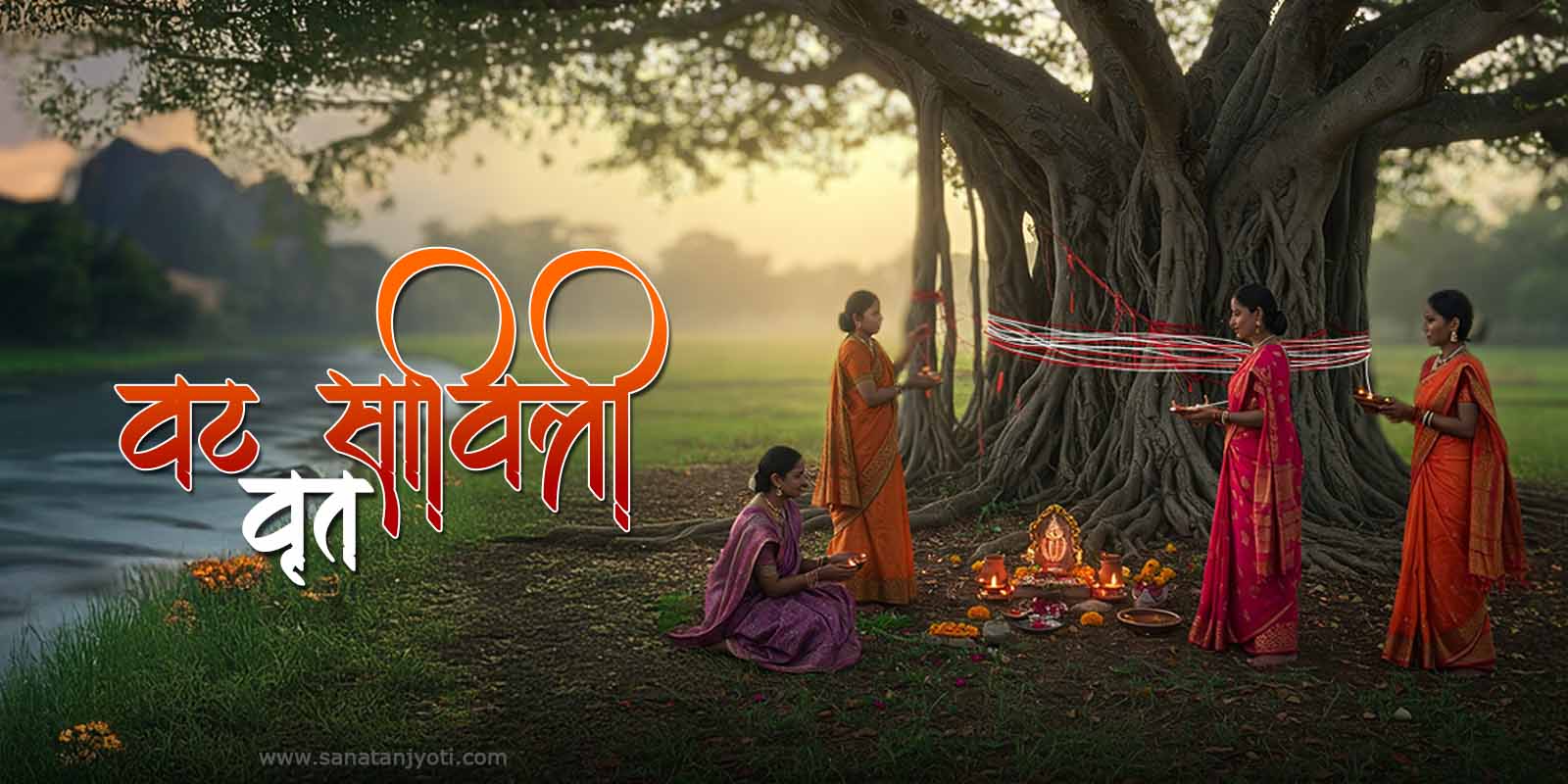
Vat Purnima Vrat 2025
What is Vat Purnima Vrat?
Vat Purnima Vrat is a deeply revered and sacred fast observed by married Hindu women. On this auspicious day, women worship the Vat (Banyan) tree and observe a fast, praying for the long life, good health, and prosperity of their husbands and marital life. This vrat is celebrated with great devotion and traditional fervor, especially in Maharashtra, Gujarat, and parts of South India.
In North India, this same vrat is observed as Vat Savitri Vrat, and it is celebrated on the Amavasya (new moon) day of the Jyeshtha month. However, in South India and Maharashtra, it is observed on Jyeshtha Purnima (full moon) and is known as Vat Purnima Vrat.
Although the vrat is observed on different lunar days—Amavasya in the North and Purnima in the South—the rituals, the legendary narrative, and the spiritual intent behind the observance remain the same. The vrat is based on the legend of Savitri and Satyavan, where Savitri, through her unwavering devotion, courage, and penance, brings her husband back to life from the hands of Yama, the god of death. This powerful tale inspires women to embody faith, strength, and determination through their observance of the vrat.
Thus, Vat Purnima Vrat is not just a religious tradition, but a living symbol of a woman’s dedication, love, and sacrifice in Indian culture.
Mythological Story Behind Vat Purnima Vrat: -
The most prominent and sacred story of the Vat Savitri Vrat is described in the Skanda Purana. This tale is an immortal saga of a devoted wife who, through her unwavering determination, penance, and deep devotion to her husband, even conquered Yamaraj, the deity of death.
Long ago, in the kingdom of Madra, there ruled a righteous, truthful, and benevolent king named Ashwapati. However, he had no children. Desiring progeny, the king undertook a pilgrimage to the holy region of Prabhas and performed the Savitri Vrat with full devotion at a sacred place known as the Savitri Sthal.
Pleased by the king’s devotion and his observance of the vow, Goddess Savitri, the divine consort of Lord Brahma, appeared before him and granted him a boon—the birth of a divine daughter. Soon after, a radiant and beautiful girl was born to King Ashwapati, and she was named Savitri.
Savitri’s Swayamvar and Her Choice of Satyavan
When Savitri reached the age of marriage, King Ashwapati sent her on a pilgrimage to find a suitable groom. Passing through various hermitages and meeting many sages, Savitri eventually chose Satyavan, a virtuous prince living in the forest, as her husband. Satyavan was the son of King Dyumatsena, who had lost his kingdom and eyesight due to fate, and was now living in exile with his wife and son.
Devarshi Narada praised Savitri’s decision but also gave a grave warning—though Satyavan was noble, virtuous, and devoted to penance, he had only one year of life remaining. King Ashwapati grew anxious, but Savitri, with firm determination, declared that once she had accepted someone as her husband, she would remain devoted to him for life.
Foreknowledge of Satyavan’s Death and Savitri’s Austerity
After her marriage, Savitri began living in the forest with her husband and in-laws, serving them with great devotion. However, she never forgot Narad Muni's prophecy that her husband would die within a year. As the foretold day drew near, Savitri undertook a three-day waterless fast, and on the full moon day of the month of Jyeshtha, she took the vow of Vat Savitri Vrat.
Savitri’s Unshakable Devotion Before Yamaraj
The destined day finally arrived. While Satyavan was cutting wood in the forest, he was suddenly struck with a severe headache and lay down in Savitri’s lap. At that very moment, Yamaraj, the god of death, appeared and began taking Satyavan’s soul away. Savitri began following Yamaraj without hesitation.
He tried to dissuade her multiple times, explaining that she was treading the path of death and should return. But Savitri did not waver from her path of devotion and righteousness as a devoted wife. She spoke so profoundly about dharma (righteousness), truth, service, and the sacred duty of a wife, that Yamaraj himself was deeply impressed and felt compelled to grant her a boon.
Savitri’s Boons and Satyavan’s Return to Life
Savitri requested the following boons from Yamaraj:
- May my father-in-law, Dyumatsena, regain his eyesight.
- May he also reclaim his lost kingdom.
- May my in-laws be blessed with long life and good health.
- And finally, may my husband Satyavan be brought back to life.
Yamaraj granted all her wishes and, after restoring Satyavan's life, disappeared. Savitri returned to the hermitage with her husband. All her boons were fulfilled—Dyumatsena regained his vision, his kingdom was restored, and Savitri's marital bliss remained unbroken.
Vat Savitri Vrat 2025 Date and Timing
- Vrat Date : Monday, 26 May 2025
- Amavasya Begins : 26 May 2025, at 12:13 PM
- Amavasya Ends : 27 May 2025, at 08:33 AM
(According to the Vedic Panchang, the Amavasya Tithi begins on 26 May 2025 at 12:13 PM and ends on 27 May at 8:33 AM. Therefore, there will be ample time for performing the puja on 26 May, whereas on 27 May, due to the early end of the Amavasya Tithi in the morning, many people may miss the opportunity to perform the rituals.)
Vat Savitri Vrat Samagri List
- Sacred thread (Mauli), turmeric, vermilion (roli), raw milk
- Flowers, incense sticks, oil lamp (diya), sweets, fruits
- Soaked Bengal gram (chana)
- Items symbolizing marital bliss (suhag items)
- Puris made from wheat flour
- Book of the Vrat Katha (fasting story)
- A water pot (lotta) filled with water, and a mix of five dry fruits (panchmeva)
- Tender leaves or sprout of the Banyan tree (Bargad ki kopal)
Vat Savitri Vrat Puja Vidhi (According to Skanda Purana and Narada Purana)
When Goddess Parvati inquired, Lord Shiva elaborated on the significance and the detailed procedure of Savitri Vrat. According to him, this vrat grants women unbroken marital bliss, offspring, and prosperity.
Beginning of the Vrat :
- On Jyeshtha Shukla Trayodashi, after brushing teeth and bathing, take a vow for a three-day fast (Triratri Upavas).
- If a three-day fast is difficult, it can be observed alternatively as follows :
- On Trayodashi, observe Naktavrat (eat only after sunset).
- On Chaturdashi, observe Ayachit Vrat (fast without asking or accepting anything from anyone).
- On Purnima, observe a complete waterless fast (Nirjala Upavas).
Bathing Procedure
- Each day, take a bath in a sacred river, lake, or waterfall.
- If that’s not possible, then bathe at home using water mixed with Ganga Jal, mud, and mustard seeds.
- On Purnima (full moon day), it is considered most auspicious to bathe using Ganga Jal, mustard seeds, and herbal paste (ubtan).
Preparation of Worship Materials
- Fill a vessel with sand, and place barley, rice, or sesame seeds over it.
- Place a bamboo container wrapped in two cloth pieces on top.
- Inside the bamboo container, install idols of Goddess Savitri and Lord Brahma, made of clay, silver, or gold.
- Offer two red cloth pieces to the deities.
Worship Procedure:
- Worship the idols with sandalwood paste, flowers, incense sticks, lamp, offerings (naivedya), fruits, and other sacred items.
- Offer special items such as Latjira (wild amaranth), ridge gourd flowers, ash gourd, cucumber, coconut, dried dates, wood apple, pomegranate, lemon, orange, jamun, jackfruit, jaggery, etc.
- Dedicate a beautiful necklace (mangalsutra), colored with saffron and vermillion, to Goddess Savitri.
Worship Mantra:
Om Omkarapurvike Devi, Vina-pustaka-dharini।
Devyambike Namastubhyam Avaidhavyam Prayaccha Me॥
(O Divine Mother Savitri, the embodiment of bliss who holds the Veena and the book! Bestow upon me the blessing of eternal marital bliss.)
Night Vigil and Story
- During the night, women should stay awake, singing devotional songs and engaging in a Jagran (vigil).
- Listen to the Savitri Vrat Katha from Brahmins and celebrate the Brahma-Savitri marriage.
- Donate all the items used for the vrat to Brahmins, especially to a poor Agnihotri Brahmin. It is considered highly auspicious to donate an idol of Savitri to such a Brahmin.
Food Donation and Shraddha :
- In the morning, feed Brahmin couples under the Banyan tree.
- Feeding each Brahmin is considered equal to feeding millions of Brahmins.
- Perform Shraddha (ancestral rites) and Pind Daan as a way to honor the ancestors. It is best to perform these rites in secret, within your home, as this especially pleases the ancestors.
Method as described in the Narada Purana
- On Purnima (full moon day), observe the fast and offer water to the roots of the Banyan tree.
- Wrap a cotton thread around the tree 108 times and offer the following prayer to Goddess Savitri:
Jagatpoojye Jagatmata Savitri Patidaivate
Patya Sahaviyogam Me Vatasthe Kuru Te Namah.(O Mother of the Universe, Savitri, the deity who worships her husband as a god! May you always keep my bond with my husband unbroken, just as the Banyan tree remains steadfast.)
- Observe a Nirjala Vrat (fast without water) for the entire day.
- The following day, feed Suwasini women (married women), and complete the fast by performing the parayana (completion of the vrat).
Method of Worship for Vat Savitri Vrat (commonly observed in Northern India)
- Wake up early in the morning, take a bath, and wear clean clothes. After this, offer Arghya to the Sun God and prepare the worship materials.
- Clean the Banyan tree (Vat tree) and sprinkle it with Gangajal or purified water.
- Worship the tree with incense, lamps, flowers, roli, and rice (akshat).
- Circumambulate the tree seven, eleven, or 108 times, while wrapping a cotton thread around it.
- Listen to or read the story of Savitri-Satyavan with devotion.
- Pray for the long life of your husband and offer sindoor (vermilion), paan (betel leaves), and supari (betel nut).
- Perform the aarti and offer seasonal fruits and sweets as offerings.
Conclusion of the Fast :
- Finally, bow to the Banyan tree and donate money, clothes, food, or dakshina to a Brahmin or anyone in need.
- Conclude the fast by eating black gram and drinking water to break the fast.
Special Considerations
- Due to regional variations, there may be differences in the worship methods in different families. Therefore, perform the vrat according to your family tradition.
- The main essence of the worship should be true devotion, self-control, and the desire for good fortune.
How may days Vat Savitri Vrat Rituals perfom?
This fast is generally observed for one day, but in some places and traditions, it is celebrated for three days — the preparation of the fast, the main fast, and the concluding ritual (Paran).
Mantras for Vat Purnima Vrat
Om Ongkarapurvike Devi Veena-Pustaka-Dharini,
Devyambike Namastubhyam Avaidhavyam Prayaccha Me.
Jagatpoojye Jaganmatah Savitri Patidaivate,
Patya Sahaviyogam Me Vatasthhe Kuru Te Namah.
Chanting these mantras during the worship fills the ritual with divine energy and positivity.
Significance of Vat Purnima Vrat
- This vrat symbolizes a woman's strength, devotion, and dedication.
- It is considered highly auspicious for the longevity of the husband and for marital bliss.
- The festival is observed in memory of the devoted Savitri, who has become a symbol of sacrifice and virtue in society.
Spiritual Significance of Vat Purnima Vrat :
Vat Purnima Vrat is not merely a religious ritual but a celebration of a woman’s patience, love, and unwavering faith. It reflects the essence of Indian culture, where a woman, through her determination, can even conquer death.
Benefits of Vat Purnima Vrat:
- Brings prosperity to the family and harmony in married life.
- Enhances a woman's mental and spiritual strength.
- Helps fulfill desires and grants wished-for blessings.
Difference Between Vat Savitri and Vat Purnima
- Vat Savitri Vrat is observed on Jyeshtha Amavasya (New Moon) mainly in North India.
- Vat Purnima Vrat is observed on Jyeshtha Purnima (Full Moon) primarily in Maharashtra and South India.
- Though the story behind both fasts is the same, the date and regional customs differ.
FAQ
What is Eaten During Vat Purnima Vrat?
On the day of Vat Purnima, women usually observe a nirjal (waterless) or phalahar (fruit-based) fast. In some regions, women break their fast by consuming soaked black chickpeas, jaggery, seasonal fruits, or dry fruits. Traditionally, light, satvik (pure and wholesome), home-cooked food is considered appropriate.
Special Food of Vat Purnima:
On Vat Purnima, offerings (prasadam) typically include black chickpeas, sweet fried bread (pooa) made from wheat, sweets, and seasonal fruits. After completing the fast, special sweet dishes like malpua or halwa made with jaggery and ghee are often prepared.
Which Color Saree to Wear on Vat Purnima?
On this day, married women traditionally wear sarees in red, yellow, or pink shades, as these colors symbolize good fortune and prosperity. Performing Solah Shringar (sixteen adornments of a married woman) is also considered highly auspicious on this occasion.
Can Unmarried Girls Observe Vat Savitri Vrat?
Yes, unmarried girls can also observe this fast. They do so with the wish to attain a good life partner and marital bliss. Especially those who aspire for an ideal married life may undertake this vrat with devotion.
Which Deity is Worshipped on Vat Purnima?
On Vat Purnima, Goddess Savitri and Lord Brahma are primarily worshipped. Additionally, the Vat tree (banyan tree) is revered as a divine form, and is worshipped and circumambulated as part of the rituals.
Why is Vat Savitri Purnima Celebrated?
This vrat is based on the immortal legend of the devoted wife Savitri, who, with her unwavering faith and love, brought her husband Satyavan back from the clutches of Lord Yama, the god of death. The day symbolizes feminine strength, devotion, and marital fortune.
Is Vat Purnima an Auspicious Day?
Yes, Vat Purnima is considered a highly auspicious and spiritually rewarding day. It is especially regarded as beneficial for marital happiness, progeny, longevity, and family prosperity. Acts of virtue performed on this day are believed to yield multiplied spiritual rewards.
